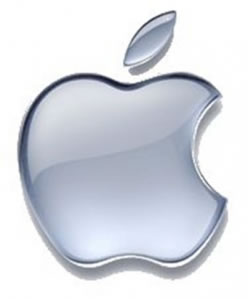
The Duke Study on brand, imagination and the impression of self.
It’s been pointed out that seeing Apple’s cool logo makes you feel more creative and smarter. And it’s not only about that — how you feel — but how you act. That’s an interesting proposition: in a collective spirit of self awareness, you’re inclined to actually feel smarter and more creative about your sense of personal self awareness, when you actually see an exemplar of creativity — Apple. Or maybe that could be applied to other things.
Actually, the real study is about creativity and happiness. And that is about flow. And the interpretation, the holding of flow, as a mechanism of action and reaction. Logo flow. A cool idea for designers. But I’m thinking that the overview is more about the emotionality of the experience in seeing something that brings you there. And, to Apple’s story, the idea of experience and emotional content relates to the management of the brand and the sensate character of holism in brand story. You experience things in a syncretistic manner; they cross over and connect with your sense of balance and psychic placement; the whole of you and your memory.
Apple brand is about the creativity of the products, the personality of the leadership, and the spirit of the brand in space, made place.
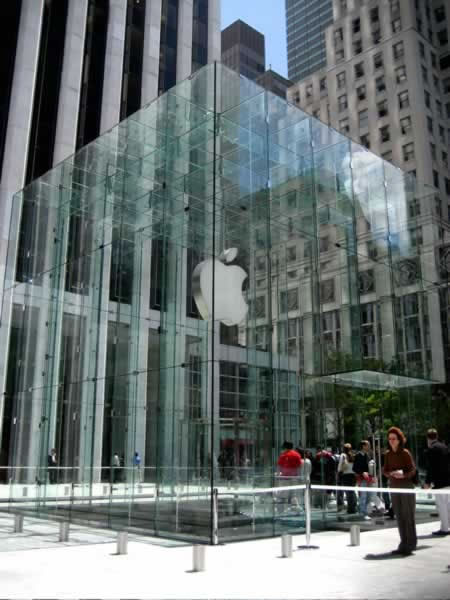
So, question is, in seeing a logo, does that make you respond in a happier manner to a creative challenge, like humming a composition? The story, which has been widely explored and featured, relates to a testing proposition by Gavan Fitzsimons at Duke.
But being an Apple brand advocate, and having worked with Steve Jobs in the very earliest of days, I am already acolyte. That link, given the spectacular legacy (the 80s) presupposes a deep connection to the genetics of mind and memory for many of us. Most, to the now, recall this: 1984.
Been there or not, it’s not a forgotten shoot and strategy by Lee Clow and engineered by Ridley Scott. It’s unforgettable — and linked in, live or not, into the minds of millions of people that believe, in being linked to the brand, that they “think different”. They, the brand experience and experiencers, just might.
But I wonder about the sense of emotional branding, place making and experience change, for other conceptual constructs. How might that translate, for example, in being inspired by the crest of the city of Firenze, when captivated by the legacy of hundreds of years of extraordinary creative action, art and crafts — let alone architecture, in that Florentine city of dreams?
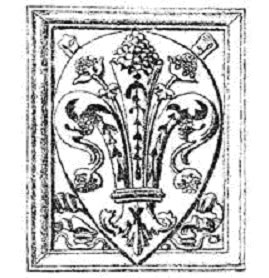
Are you more inspired, by the mimetic link to the literary, artistic, architectural experience of being in, or aspiring to, that place, Firenze? I’d say yes.
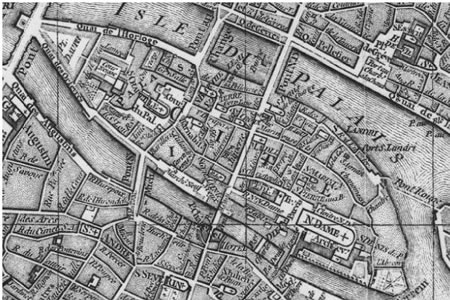
Or what about Ile de la Cité de Paris? Been there, done — doing that, loving that. Loved that. Being in a place, an emotional enclosure — a place of holding — that brings you into the beauty of inspiration, flow, imagination and luxurious attention.
NYC? What other brands do that, the very association is the benchmark of creative thinking? Disney? Pixar? ILM? Warner Brothers?
I wonder, what’s your take?
Does brand — an experience personified in a logo — open a psychic doorway to memory that holistically fires creativity, invention, savvy, sexy design thinking and openness.
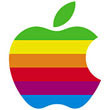
Sure it does. Image, memory, story, brand, love.
Love me, and I’ll love back — brand, or otherwise.
TSG
Exploring brand, image, place and experience
profiles:
TED community: http://www.ted.com/index.php/profiles/view/id/825
LinkedIn: http://www.linkedin.com/in/timgirvin
Facebook: http://www.facebook.com/people/Tim-Girvin/644114347
Twitter: http://twitter.com/tgirvin
reels: http://www.youtube.com/user/GIRVIN888
blogs:
http://blog.girvin.com/
https://tim.girvin.com/index.php
